Jump Ahead To:
KAYAK STABILIZER FOR OCEAN: INTRO
KayakFishingCorner.com likes for its readers to venture out to different bodies of water so they can experience all that kayak fishing has to offer! Most KFC readers are familiar with kayak fishing in fresh water. It seems that lakes or streams are the most popular destinations.
What about kayak fishing in the ocean? Some readers are generally unfamiliar with the idea. Trust us, it is a blast, and you should totally give it a try! We do suggest, however, that before you venture out to sea, and after you’ve read our Kayak Stabilizer Ultimate Guide, make sure you’ve considered a kayak stabilizer for ocean based kayak fishing. You’ll be glad you did! And fear not, we have ranked The 5 Best Kayak Outriggers for your convenience!
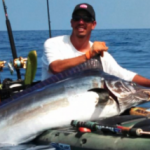
Unbiased Review
First, as an Amazon Associate, I earn from qualifying purchases.
KFC product recommendations, including this post about the best kayak stabilizer for ocean based kayak fishing, are all founded upon KFC’s unbiased research.

We pledge to never unfairly showcase any particular manufacturer. KFC’s mission is to be the kayak fishing community’s #1 free resource for neutral and independent kayak fishing information!
Overview
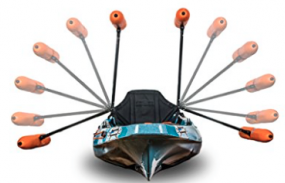
Please note: This post contains affiliate links. An affiliate link means that we may earn advertising/referral fees if you make a purchase through our links.
Shortcut to Kayak Stabilizer for Ocean Review
A kayak stabilizer for ocean based kayak fishing is specially designed to keep your fishing kayak stable and balanced, even while you are kayak fishing in the choppiest of waters. Below, you’ll find out which kayak stabilizer for ocean based kayak fishing KFC suggests and our justification for doing so. We have spent a significant amount of time thoroughly evaluating this particular model. We are certain that you will think as highly of it as much as we do!
As you read through this article, you’ll see that KFC has included all of the important details about our favorite kayak stabilizer for ocean based kayak fishing. To do so, we’ve organized this article into a number of critical categories, including a brief checklist on how to properly use a kayak stabilizer for ocean based kayak fishing, a number of features built into this particular kayak stabilizer, and even a short history of our own experience using a kayak stabilizer while kayak fishing in the great blue sea!
Once you get to the end of this article, you’ll see that we’ve included a link where you can learn more about the kayak stabilizer showcased below. KFC is convinced that all serious kayak fishermen need a kayak stabilizer for ocean based kayak fishing. You’ll see, however, that it isn’t merely the size of the waves alone that caused us to come to this conclusion. Well, what was it? Read below to discover all the other reasons why you should include a kayak stabilizer while you are kayak fishing in the deep blue sea! Please write in to KFC and let us know your own experience while kayak fishing with this kayak stabilizer!
How to Use a Kayak Stabilizer for Ocean Kayak Fishing
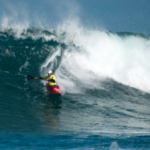
Take a look at the kayaker above. I’m going to guess that he might want to use a kayak stabilizer system! But buying a kayak stabilizer and having it installed on your fishing kayak won’t do you much good unless you have an understanding of the proper way to use the kayak stabilizer. Using the kayak stabilizer, while kayak fishing in the ocean, can be difficult. Take a look at the short list of things to remember when you use a kayak stabilizer for ocean based kayak fishing!
- The best way to start is to find where on your fishing kayak you want to locate your kayak stabilizer.
- It is best to install the kayak stabilizer between roughly 2/3rds and 3/4ths of the way to the back of the fishing kayak.
- Locating the stabilizer close to the rear of the kayak will keep the stabilizer’s pontoons away from your paddle stroke. It also results in fewer entanglements of with your fishing line and other kayak fishing gear.
- Another reason to place the stabilizer near the rear? Doing so creates greater stability for the kayak fisherman. Why? Kayak fishermen usually stand closer to the stern when they are casting.
- Next, securely attach the kayak stabilizer to the fishing kayak’s hull using the mounting hardware that has been included in the kayak stabilizer package.
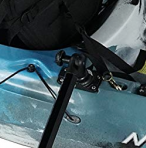
- Now is the best time to attach the pontoons to the arms of the kayak stabilizer.
- The pontoons must be snuggly attached to the arms. It is critical that they do not become separated while you are away from the shoreline.
- Then, adjust the height (or angle) of the kayak stabilizer arms to line up with the amount of resistance that you want to put against the water.
- Tilt them upwards if you merely want them to come into play when the fishing kayak is leaning far to one side or the other.
- Tilt them almost parallel to the water (like the example that we show below) if you want them to glide more effortlessly with the fishing kayak as it moves through the waves.

- Adjust the stabilizer arms gently downward if you want to put the most pressure against the water. Doing so will provide the maximum amount of resistance against “pitching” by the kayak during choppy water conditions.
- It is very important to avoid angling the stabilizer at too sharp of a downward angle. Too sharp of an angle could put a significant amount of strain on the connection point to the kayak. Over time, any overstrained connection point may tear loose and could cause damage to the kayak’s hull! An expensive repair!
Kayak Stabilizer for Ocean: Important Features
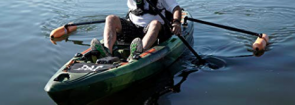
Remember, without regard as to whether you are talking about kayaks, barges, or even cranes, the entire point of a stabilizer system is to assist in keeping the base unit balanced and stable. The mission of providing stability applies during times of movement, like riding atop a wave, and even during stationary times, like when you are casting from a standing position.
(Commissions Earned)
The stabilizer creates a larger surface area, basically a system of counterbalancing, so that the kayak has something to “push” against to keep it balanced. This is critical for times when the kayak itself is having pressure pushed against it from the opposite side (a good example is when a wave hits the left side of the fishing kayak, with the kayak stabilizer installed on the right side, or even on both sides).

While kayak stabilizers, or kayak “outriggers”, as they are sometimes referred to, aren’t always needed on freshwater lakes, KFC suggests that they should always be used when you are on the ocean or flowing river. Any time you might reasonably anticipate choppy or swiftly moving waters, you would be better off having a kayak stabilizer, just in case. As with the kayak stabilizer for ocean based kayak fishing, most kayak stabilizers are removable and adjustable, mostly with special tools. This ability allows them to be easily connected when needed and removed when you will be boating in calmer waters.
At close to three feet in length, the stabilizers highlighted in this post are of the correct length to make certain that your fishing kayak is capable of withstanding the cycle of a wave as it comes and goes. What do we mean by cycle? As a wave approaches, the fishing kayak will tilt, raise, tilt, and lower, just like the photo below:
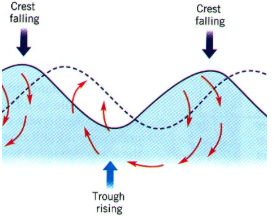
If your kayak stabilizer is properly installed and angled, the tilting that occurs during this cycle will be offset by the pressure of the wave against the other part of the kayak or stabilizer. Its simple a system of counterbalance! When the wave is reaching its crest on the stabilizer, the kayak will be dipped to a lower point, and likewise when the kayak is at it peak height, the stabilizer has become lower. The counter balancing will ensure that you do not overturn!
The “pontoons” (the floats attached to the end of the stabilizer arms) on this model are of adequate size to provide buoyancy as the buoy pushes back upon the waves. Not familiar with the word “buoy” or “buoyancy”? One common definition of “buoyancy” is listed as, “the ability or tendency to float in water or air or some other fluid”. Whatever kayak stabilizer for ocean based kayak fishing that you choose, make sure that it has high quality and buoyant pontoons. If it does not, the counter balancing concept that your stabilizer is intended to have will be lessened, or even non existent!
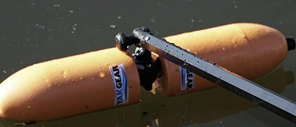
KFC likes this particular kayak stabilizer for ocean based kayak fishing because of the adjustability of its arms (just like is shown in the first picture from above). Remember, adjustability is critical because, when you are kayak fishing in the ocean, you are going to come across different sized waves and quickly evolving conditions!
When conditions on the ocean change, you’ll want to adjust your kayak stabilizers (by moving them up or down). Adjustments like this will also allow the fishing kayak to “sit” higher or lower in the water. For conditions when you need to dig the rudder of your fishing kayak deeply into the water, like when you are actively paddling forward and want to keep a straight course, you’ll need to raise the stabilizers to allow the fishing kayak to sit lower in the water.
There are other situations, like when when the water is choppy and you need to keep your present position in the water without needing to paddle to keep the kayak from flipping over, when you’ll need to adjust your stabilizers to put pressure against the water. Remember that this downward adjustment will increasing your surface area, thereby creating the counter balancing concept that the stabilizer’s are intended to create!
Not interested in buying a traditional kayak stabilizer? Maybe a self balancing kayak pontoon hybrid would better suit your kayak fishing style.
Important Features to Look for:
If you will be spending a significant amount of time kayak fishing in the ocean, you might want to look into purchasing a kayak trolling motor. We’ve written a post about the Top 3 Kayak Trolling Motors and each of them would be a nice asset to help you navigate against the currents and waves of the ocean. Oh, and if you are looking for a stabilizer or outrigger that performs well in almost any water condition, take a look at our suggestion for the best kayak outrigger for all around use. It has all the qualities we like to see to make it a great “all around” model for many different bodies of water and types of water conditions.
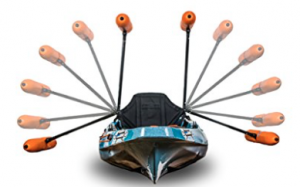
This kayak stabilizer contains a number of features that makes it well suited to handle the difficult conditions posed by the sea. It is able to adjust to a wide number of angles. Remember, this adjustability feature allows you to adjust the stabilizer while you are out on the water. We like being able to adjust “on demand”, just in case there is a change in the difficulty or size of the waves you are experiencing.
Each pontoon is crafted of a solid material, instead of being an inflatable. There are a handful of kayak stabilizer that feature inflatable pontoons, but KFC is concerned about recommending these models. Why? Our experience, at least so far, is that the inflatable pontoons are more likely to be “popped” when encountering an unseen reef. Also, saltwater seems to have a degrading effect on the inflatable material of the pontoons over time,. Continued exposure to saltwater causes them to leak or rupture. This problem is avoided when using a kayak stabilizer with solid pontoons.
Kayak Stabilizer for Ocean: My Experience
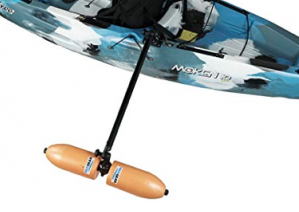
As detailed in our article about the Kayak Beach Cart, I have recently increased the frequency of kayak fishing outings in the ocean. Usually I’ll go to the Gulf of Mexico where I try my luck at a number of different kinds of fish, especially the red snapper!
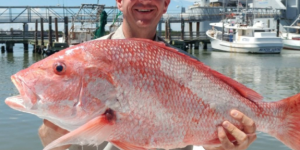
The Gulf of Mexico can become very wavy at even just a moment’s notice, even if the waters are very calm when I set out in the morning. I have become pretty skilled at keeping my fishing kayak upright and stable while I am actively paddling, but I have had a number of close calls when I put the paddles away.
There have been times when I have had a fish on the line and have been blindsided by waves of increasing strength and frequency. Yes, I try to throw my weight from one side of the fishing kayak to the other, and continue reeling as frantically as I can, but this is simply not safe. Too many times did I come close to overturning my fishing kayak. An overturn would have surely meant the loss of many hundreds of dollars worth of kayak fishing gear (not to mention losing the fish on the line)!
I was familiar with stabilizers and their purpose for catamaran type sail boats that I would frequently see on the ocean. I was certain that something similar was sure to exist for fishing kayaks, though it would be much smaller! I evaluated several models before deciding on the one that I felt was the best suited kayak stabilizer for ocean based kayak fishing. It has kept me much safer on the water. You know what else? It has resulted in better luck fishing! Coincidence? Well, not the safety part!
KAYAK STABILIZER FOR OCEAN: SUMMARY
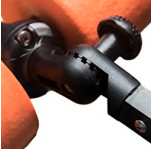
I hope this post has helped you learn more about the different types of kayak stabilizer for ocean based kayak fishing! Kayak stabilizes won’t be needed on every kayak fishing outing, but KFC does suggest that its readers put serious consideration into taking them along when kayak fishing in the ocean. The best part about the kayak stabilizer for ocean based kayak fishing depicted above is that it is completely customizable and adjustable. You can simply lift the stabilizers up and out of the way if you have calm waters. If conditions change, you can simply lower the stabilizers and keep your kayak fishing going without fear of overturning!
Remember, these stabilizers are not “permanent”. Basically, if you think you will go kayak fishing in the ocean one week, but back to your local lake the next, just snap the stabilizers on and off. Doing so isn’t unreasonably difficult. You’ll be happy to have the flexibility afforded by this “on again” “off again” feature.
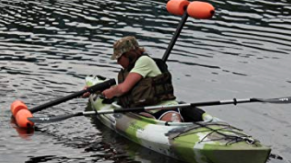
KayakFishingCorner.com must mention that, while this particular model of kayak stabilizer is the best one on the market for ocean fishing, it is not without complaints. Some have reported difficulty following the instructions, and others claim that the “snap pin” is not included with the unit.
KFC will continue to monitor the market to see if another kayak stabilizer for ocean based kayak fishing becomes available! But, for now, we think you’ll be happy with this stabilizer and will find that it suites your ocean based kayak fishing needs! Looking for an easy way to move your fishing kayak along the path prior to reaching the ocean? See if the standard kayak cart could be a good choice for you! Worried about getting stuck in the sand? A kayak beach cart would be a great solution! Remember, if you have any questions about kayak stabilizers and why we feel we’ve found a great one for use in the ocean, be sure to comment near the end of this page! Ever wondered why oceans have waves in the first place – the National Oceanic and Atmospheric Administration explains!
Consider kayak fishing in Destin, Florida – a great fishing and beach experience!
Comments
Do you have any questions regarding KFC’s Kayak Stabilizer for Ocean article? What about kayak fishing in the ocean, or even just in general? Please share with the rest of the KayakFishingCorner community by posting in the Comments section below.
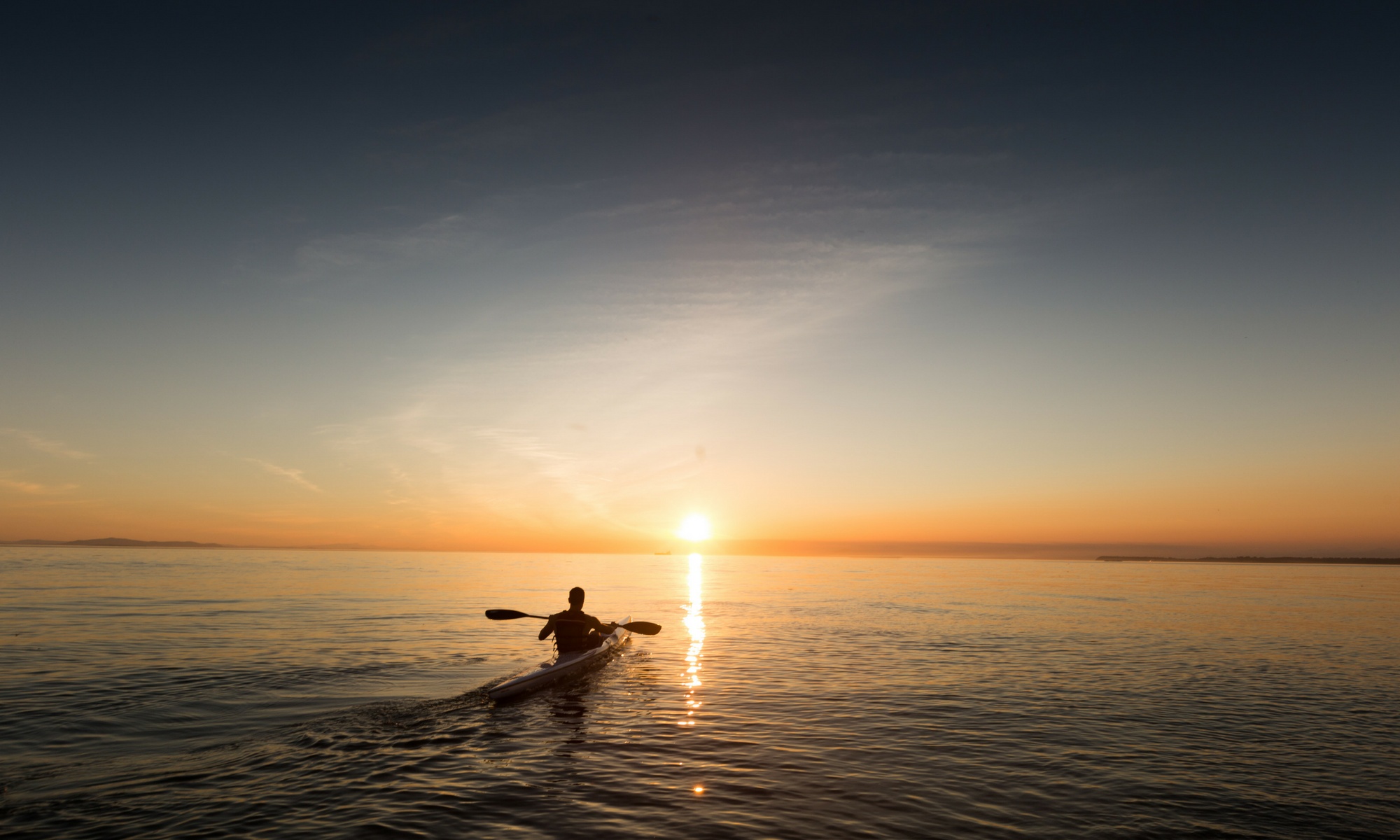
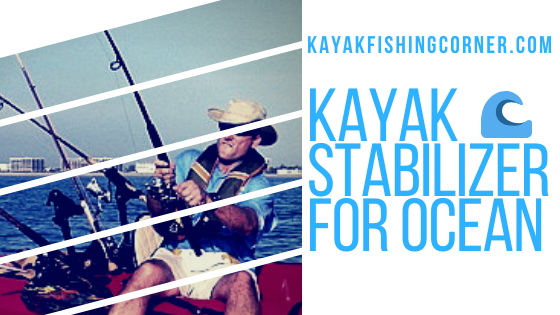

Do you have a product that you recommend for medium/large waves? I like to go fishing in the ocean even when it is windy…
~Darla
Will this Stabilizer work to get me out through the breakers? The last thing I want is to topple over when I get broadsided by a white capper!
Hi Janie!
Yes! In fact, this is the exact purpose of this kayak outrigger. It is built to handle the ocean’s waves!
One helpful hint, make sure to address the waves “bow first” (front of the kayak exactly perpendicular to the wave). This will give you and your outriggers the best chance of success against the waves!